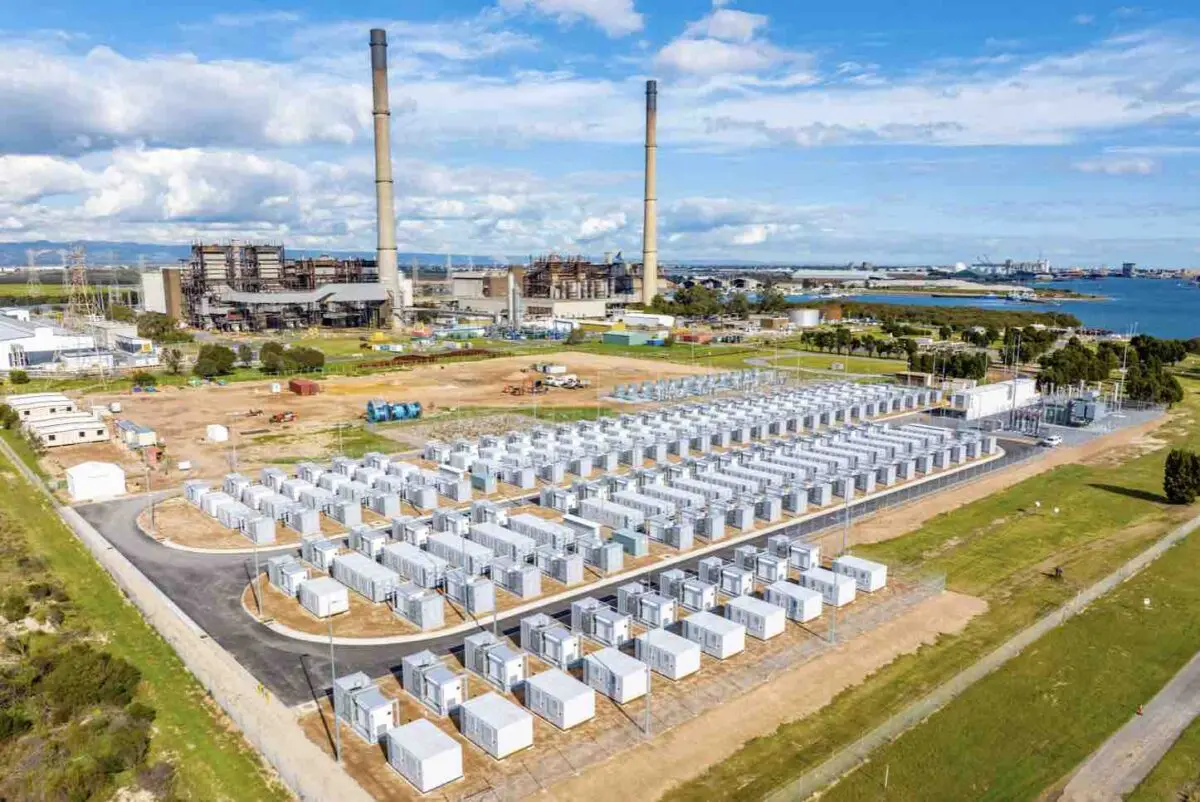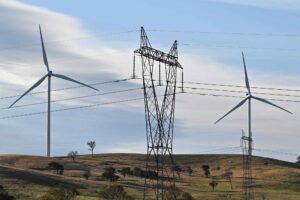The Australian gas lobby has hoorayed a proposal by the South Australia state government to create a new capacity payment scheme that would include existing and future fossil fuel generators, but the plan has been labelled a backward step by the renewables industry.
As Renew Economy reported on Wednesday, the South Australia state government has proposed a “Firm Energy Reliability Mechanism” to ensure there is enough back-up for wind and solar as it charges towards its target of 100 net renewables by 2027.
The state is already at more than 70 per cent wind and solar – the highest in the world for a grid of its size – and while it has a small but rapidly growing number of battery storage projects, the state says it needs long duration back up.
The controversy is centred around the eligibility of both new and existing gas generators to the scheme, which will offer payments to “long duration” capacity of at least eight hours to cover gaps in renewables output, particularly in times of so called “dunkelflautes”, the German word to describe wind and solar droughts.
The proposal comes at a particularly sensitive time, with state and federal ministers due to meet in early December to discuss a new reserve mechanism, and the federal government under pressure to offer a scheme that provided payments to gas generators, currently excluded from its Capacity Investment Scheme.
“South Australia has been a leader in renewables, but this is a step backwards for the state,” said John Grimes, the CEO of the Smart Energy Council.
“The world is moving in one direction towards clean energy, it doesn’t make sense to build our future grid with last centuries technology – gas.”
One senior renewable energy executive, who declined to be name because of the sensitivity of the issue, wondered why the scheme was necessary given the proposed new transmission link to NSW, Project Energy Connect.
“It’s not clear why they need to spend a similar amount again, every year, to pay gas and diesel generators to do what they were going to do anyway—-generate electricity when the supply/demand balance is tight….and wholesale prices are high,” the executive said.
Others are frustrated that more emphasis is not being put on the demand side of the equation, particularly with efficiency improvements in buildings and appliances, which would reduce the dependence on more supply.
“This is being largely ignored,” says energy efficiency expert Alan Pears. “Cutting winter demand for both direct gas use and gas-fired electricity, while finding ways of supplying more green electricity (and storage) from other longer duration options in winter to top up batteries is crucial.”
But the gas lobby is delighted. The Australian Pipeline and Gas Association said it would support more renewable projects to enter South Australia’s “world-leading decarbonised system” at the least cost.”
The lobby group noted that the state-based capacity scheme is similar to that recommended by the now-disbanded Energy Security Board (ESB). It is pushing for an Australia-wide scheme that supports gas generation.
The Australian Energy Market Operator has identified the need for 15 GW of fast-response gas “peaking plants” to support the transition to high renewable grids. These will not be used often – in fact the total share of gas generation is likely to be less than five per cent – but they will be critical.
The question is how to support those technologies. Stephanie Bashir, from Nexa Advisory, says it will be one of the biggest debates in the Australian energy industry. Most in the market accept the need to fundamentally re-write the market rules, but that will take many years. It’s unlikely to come into place before the 2030s.
In the meantime, state governments – at least those without significant state owned generation assets – have had to write their own contracts to prevent some of the biggest coal generators (Eraring and Yallourn) from closing before enough replacement capacity was built.
The federal government has intervened with the CIS, to ensure that enough wind, solar and four hour storage is built in time to meet its 2030 target of 82 per cent renewables. Bashir says the CIS has an expiry date, and she is pushing for a strategic reserve to be ready post 2030 to provide reliability certainty.
- “It is good to see the South Australian Government continuing to lead the energy transition with a 100% by 2027 ambition. The progress they are making, including with the FERM, will ensure power reliability and support an orderly exit of thermal generation,” Bashir told Renew Economy in an emailed statement.
“However, we encourage the SA Government to apply the learnings of other state schemes to avoid additional complexity for proponents and prioritise zero emissions technologies such as batteries and Long Duration energy storage.”
The Clean Energy Investor Group says there clearly is a need to ensure that there will be sufficient firming capacity available, particularly during prolonged periods of high renewables penetration like that in South Australia.
“However, strong efforts to urgently decarbonise the grid are critical and it is therefore imperative to incentivise clean firming capacity, rather than making gas-fuelled generators eligible to participate in such schemes,” said Marilyne Crestias, CEIG’s head of policy and advocacy.










